The Osprey: Oregon Coast Coho Recovery Planning Limps Along
In a certain sense, this issue of The Osprey might be called the wild fish problem-solving edition that provides some case studies on how wild fish advocates use the courts to fight, often successfully, for wild fish, along with passing protective laws and working with agencies and stakeholder groups to find ways to do right by salmon and steelhead.
Case in point is my story on this spring’s spate of legal and legislative victories including the rejection of the federal government’s Columbia-Snake River Biological Opinion, for the fourth time, and court decisions that affirm or leave in place protections for fish habitat and water quality in Oregon and wild salmon and steelhead habitat protection and steelhead in Alaska’s Tongass National Forest.
ALSO IN THIS ISSUE
• OREGON COAST COHO SALMON
• IFFF AND THE FUTURE
• COPPER RIVER SALMON RESERVE
• SALMON AND DROUGHT
• WILD FISH COURT VICTORIES
• KLAMATH DAMS AGREEMENT
Our cover story on Oregon coast coho salmon, along with the article on protecting fish from future droughts, highlights how, when fish management agencies lag in efforts to protect flagging fish populations, wild fish advocates will move to push those agencies into action — using the courts if need be.
On the other hand, the story outlining the plan to create a salmon reserve within Alaska’s Copper River watershed is an example of a cooperative approach to salmon and steelhead conservation.
And, as illustrated in our article on the signing of the Klamath dams removal agreement, when politicians get in the way, the people who care and are involved can make it happen anyway.
There are many tools available to wild fish advocates. The trick is to find the right one for each situation.


